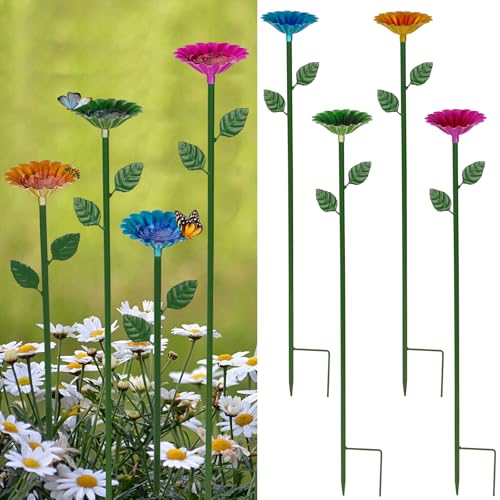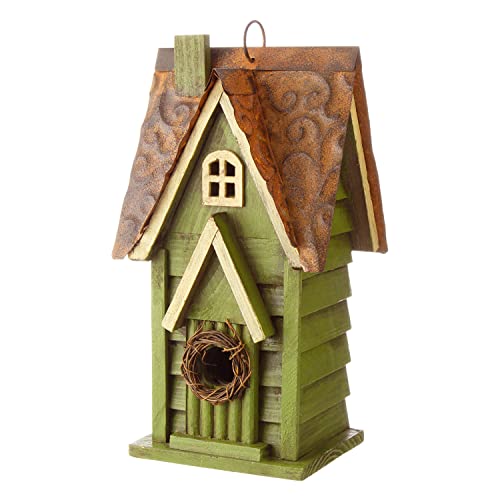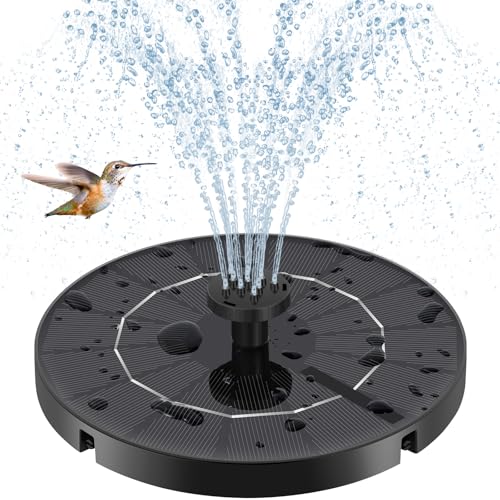Elevate Your Pollinator Garden with These 3 Hardscaping Ideas – Experts Say They Provide Permanent Features for Vital Wildlife Support
They're all really easy to incorporate into your garden
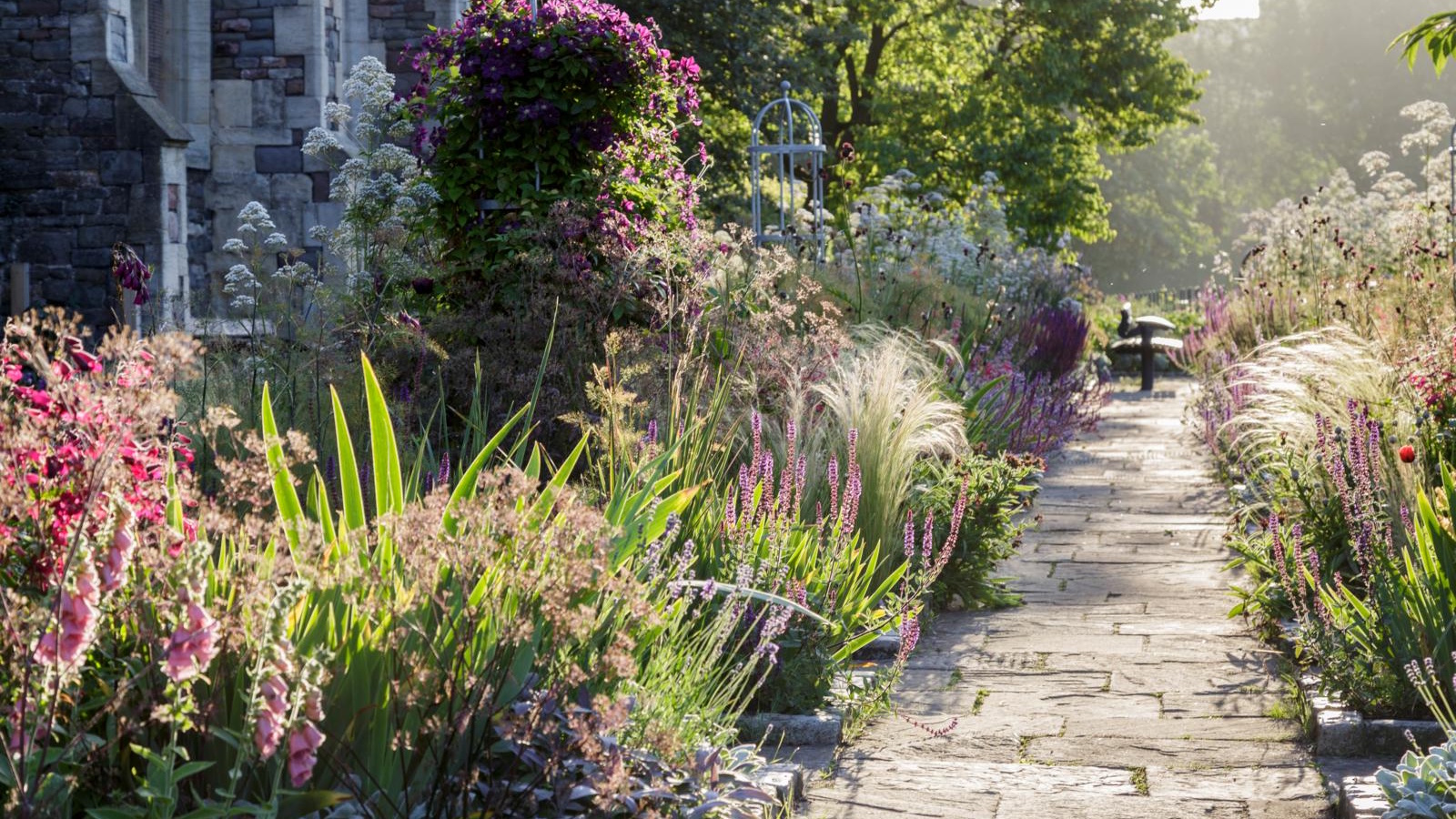

If you love watching pollinators buzz around your yard, you likely have already added plenty of nectar-rich blooms to your planting. But you can take your wildlife gardening efforts a level up by incorporating some pollinator hardscaping into your yard.
This is a great finishing touch for pollinator gardens, with hardscaping features that support their needs year-round. From bee bricks to plant-filled gravel paths, there are lots of ways to incorporate permanent features in your yard that serve bees, butterflies, and lesser-known pollinators like hoverflies.
Alongside the plants for pollinators that come and go through the seasons, these pollinator hardscaping ideas remain throughout the year. It allows you to provide the all-important support for pollinators in fall and winter, as well as spring and summer. Here, I explore three of the best ways to incorporate pollinator hardscaping in your yard, with insights from pollinator experts.
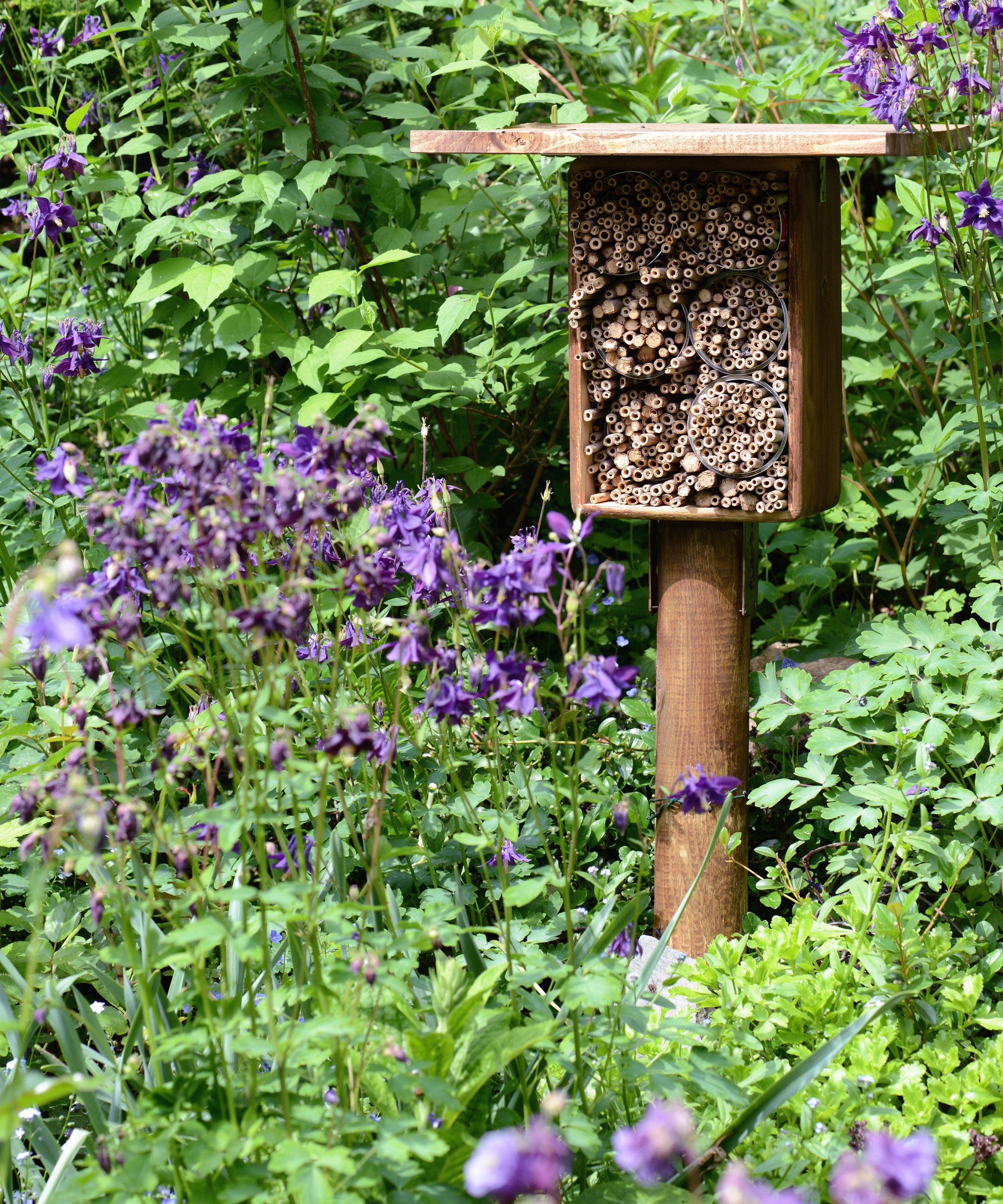
3 Pollinator Hardscaping Ideas
These pollinator hardscaping ideas are best paired with things like pollinator strips and native planting, which will bring lots of beneficial insects to your yard in the first place. These hardscaping features then provide the likes of bees and butterflies with shelter and extra pollen resources.
1. Make a Bee Brick
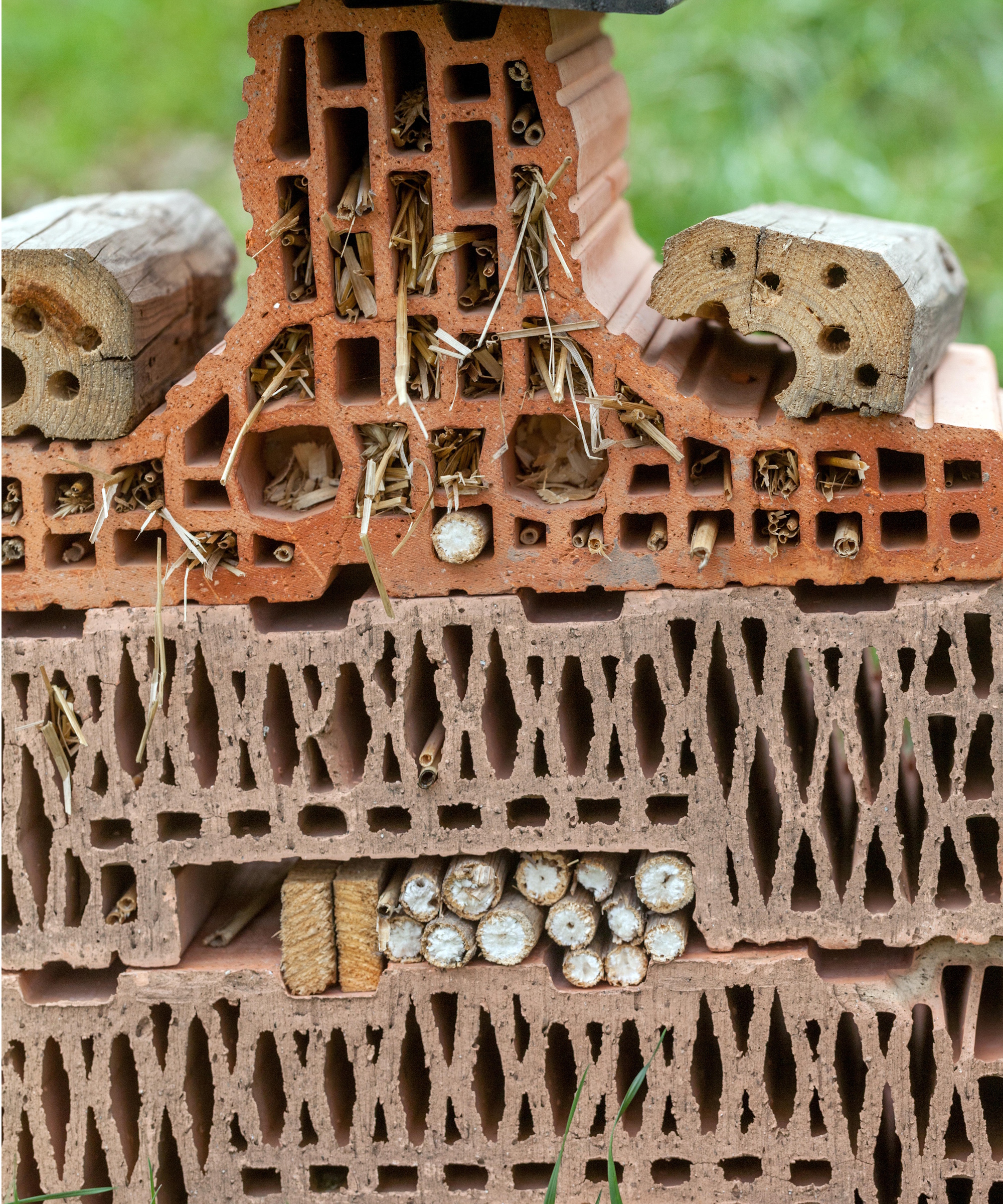
You may have heard of bee hotels, but bee bricks offer a much more permanent solution.
They work just the same as a bee hotel (like this from Amazon), where bricks with hollowed out sections and holes are used as nesting sites for bees.
These can be incorporated as a brick in the walls of structures in your yard, or simply placed in a quiet corner of the yard. In new build homes, they can even be incorporated as a substitute for regular bricks.
Design expertise in your inbox – from inspiring decorating ideas and beautiful celebrity homes to practical gardening advice and shopping round-ups.
It's easy to make a bee brick, as it simply requires drilling holes and passages in bricks with a masonry drill bit (from Amazon).
To take your bee brick up a level, consider inserting some nesting materials:
'They often contain natural materials for crevice-dwelling bees to nest in, such as reeds, bricks with holes, soft wood for boring, and, occasionally, cushy cotton,' says Noah Wilson-Rich, pollinator expert and founder of Urban Bee Lab and The Best Bees Company.

Dr Noah Wilson-Rich is a leading bee scientist and the Founder and CEO of The Biodiversity Lab, a global environmental consulting firm that utilizes advanced technologies for real estate companies to add value through advancing biodiversity. Dr Noah also founded the Urban Bee Lab research charity and The Best Bees Company, a leading science-driven beekeeping service in 25 US cities.
2. Create a Pollinator Gravel Garden
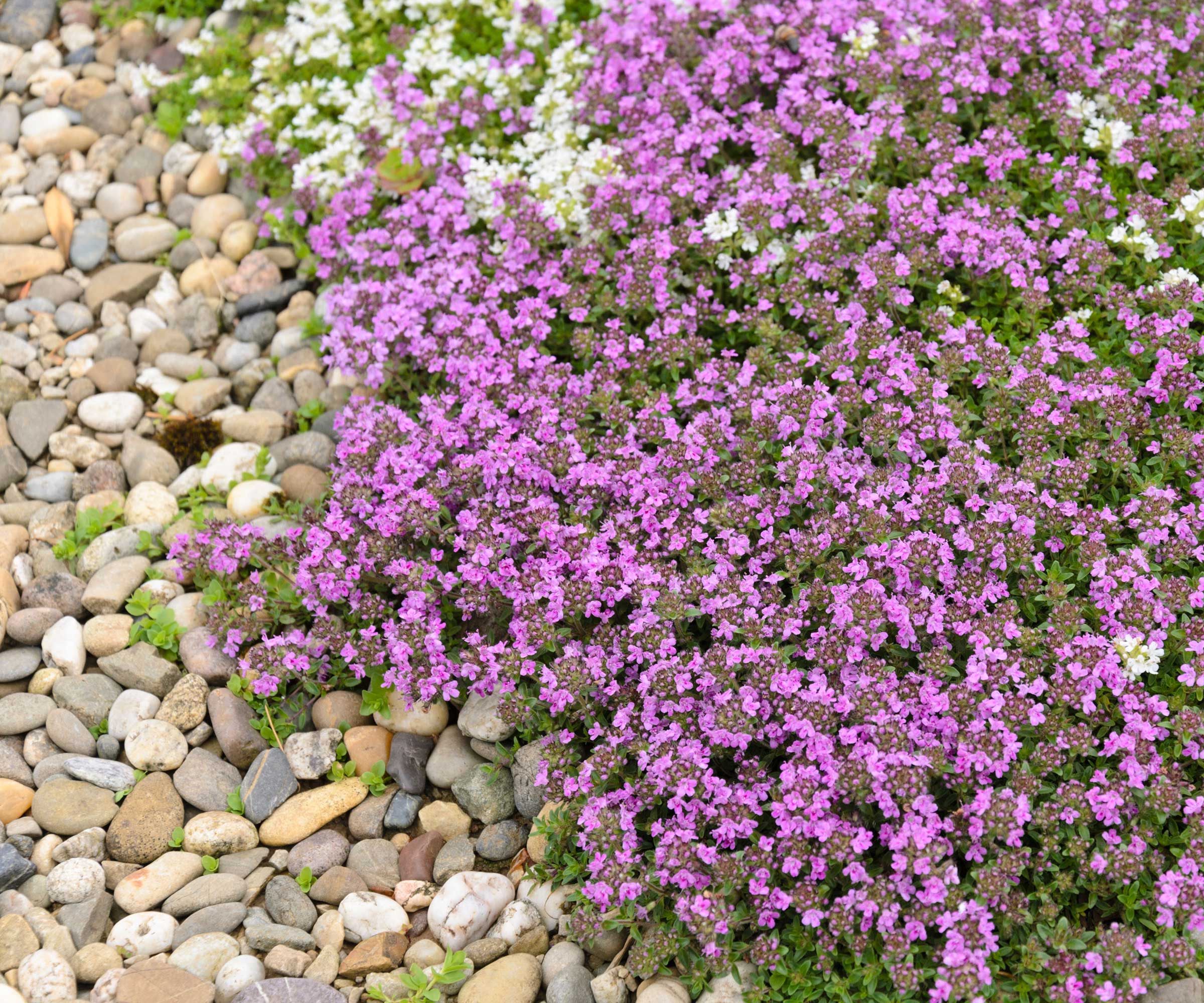
For a pollinator hardscaping idea for garden paths, try growing flowering creeping plants among gravel.
For this to be the most beneficial, choose flowers that attract bees and butterflies. For example, creeping thyme (seeds from Amazon) and creeping phlox (starter plant from Amazon) both provide nectar-rich blooms for pollinators.
Having these plants embedded within a gravel garden provides a new source of foraging for pollinators.
'Consider what will bloom in the early part of the growing season, as well as which blooms persist in the tail end of the season,' Noah advises, as year-round resources are the best way to support pollinators.
For this reason, consider adding some of the best plants for fall pollinators, like this aster starter plant from Amazon, to the edging of gravel paths or within gravel garden areas
3. Install a Pollinator Drinking Station
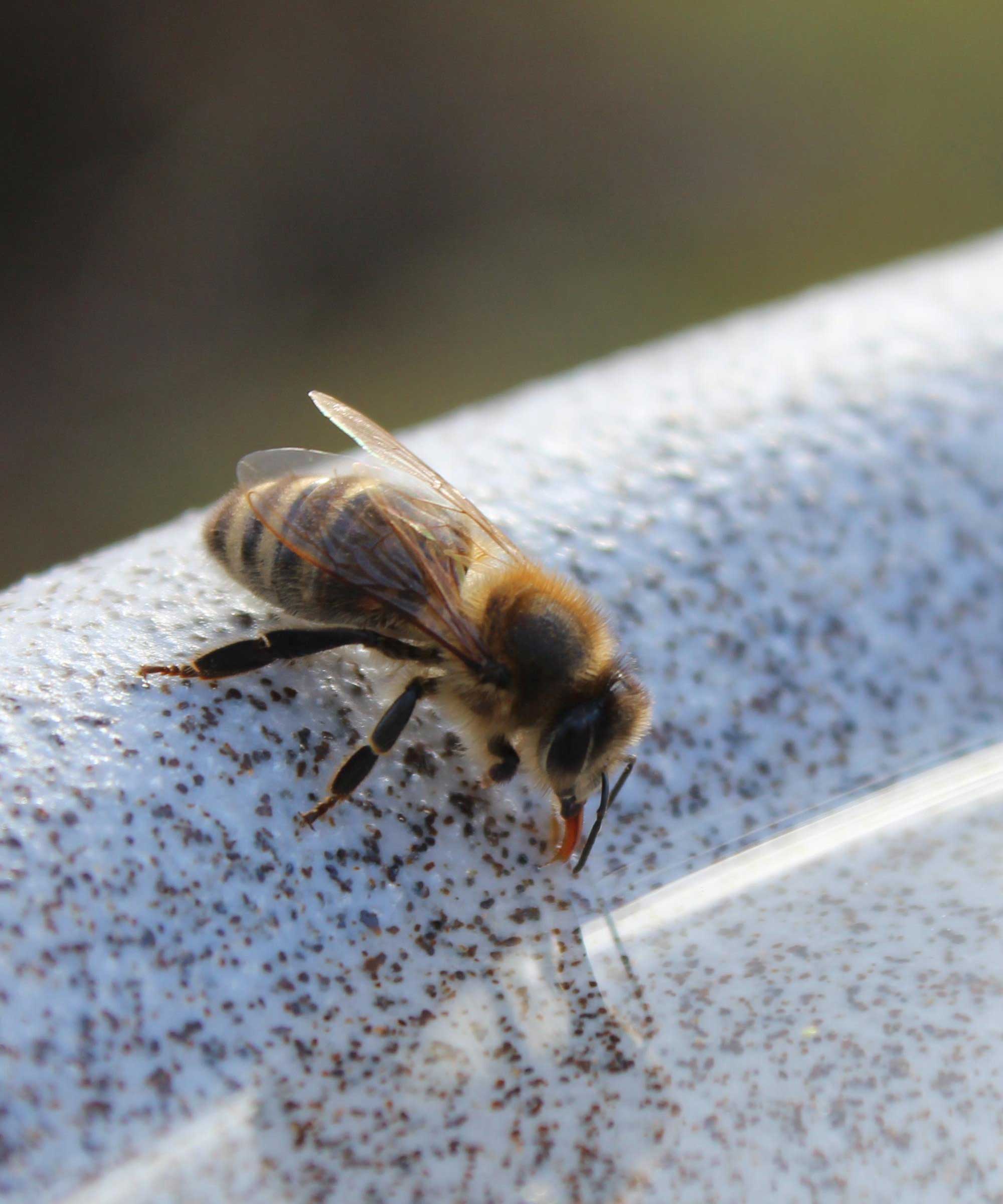
Alongside providing nectar-rich sources and nesting sites for pollinators through hardscaping, you can also provide water sources, which are essential for hydration and bathing.
A bee watering station is perhaps the most popular way of doing this. It consists of an upside-down plant pot with a saucer on top.
'You fill the shallow dish with pebbles and water so bees can land safely and sip,' explains beekeeper and founder of The Honey Truck Company, Danielle Brooks.
You can also purchase purpose-built bee watering stations (like this from Amazon).
Nestled in a border full of nectar-rich blooms, this is the perfect addition to a pollinator patch.

Danielle is a Certified Master Beekeeper and Certified Honey Judge. Her honeys have won numerous awards and have garnered national press, being featured as a "Best of the South" Brand by Southern Living and featured on the Today Show.
FAQs
How do you make a green roof for pollinators?
To make a green roof for pollinators, include plenty of nectar-rich wildflowers and native plants. You can also provide some features like bee bricks or hotels for nesting sites. It will also be key to avoid the use of pesticides and chemicals on your green roof for pollinators, which may harm beneficial insects.
Adding these pollinator hardscaping ideas to your wildlife garden ensures there are resources for important insects year-round. You can also consider adding the following products to continue supporting bees, butterflies, and birds:

Tenielle is a Gardens Content Editor at Homes & Gardens. She holds a qualification in MA Magazine Journalism and has over six years of journalistic experience. Before coming to Homes & Gardens, Tenielle was in the editorial department at the Royal Horticultural Society and worked on The Garden magazine. As our in-house houseplant expert, Tenielle writes on a range of solutions to houseplant problems, as well as other 'how to' guides, inspiring garden projects, and the latest gardening news. When she isn't writing, Tenielle can be found propagating her ever-growing collection of indoor plants, helping others overcome common houseplant pests and diseases, volunteering at a local gardening club, and attending gardening workshops, like a composting masterclass.
You must confirm your public display name before commenting
Please logout and then login again, you will then be prompted to enter your display name.
